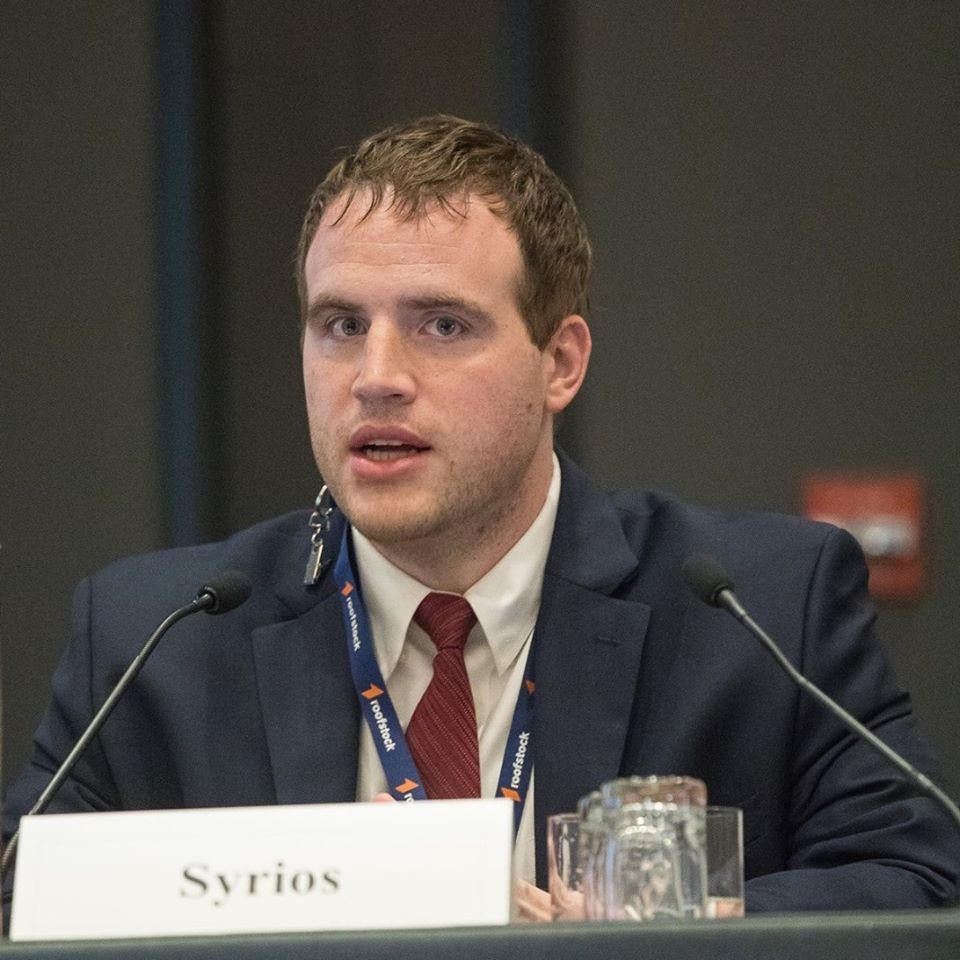An Introduction to the BRRRR Strategy

The BRRRR approach isn’t sexy or quick, but it does provide a clear path for building wealth consistently and with lower risk.
The BRRRR—Buy, Rehab, Rent, Refinance, Repeat—strategy is all the rage today in real estate investment.
Essentially, the BRRRR strategy is just buy and hold, but it approaches real estate as a flipper would. The big difference is, of course, that instead of selling to convert the built-in equity into profit, the BRRRR investor refinances at the end of the process and uses that built-in equity as a down payment.
Here are key points of the BRRRR strategy (and how it differs from flipping) to keep in mind.
B – Buy
“You make your money when you buy” is an old real estate adage. The BRRRR strategy is no different.
Flippers like to use the “70% rule” for determining a strike price. This rule states that the most an investor should pay for a property is 70% of the After Repair Value minus the estimated rehab cost. The idea is that the remaining 30% will cover the real estate commission, closing costs and so forth while still leaving a healthy profit.
For BRRRR properties, the 70% rule is also a pretty good rule of thumb. Since most banks will only go up to 75% on a refinance, aiming for 70% of the ARV leaves enough equity for the down payment, loan costs and a little wiggle room to spare.
Although the goal of both BRRRR and flipping is to get about a 30% equity margin, that doesn’t mean you will be looking for the same kinds of properties. For flips, it’s generally better to aim at a higher class of property. For example, on a $100,000 house, a 30% margin doesn’t cover much extra. One unexpected expense will take a big chunk out of your profit margin.
On the other hand, as properties get more expensive, they generally don’t cash flow nearly as well because there are fewer investors looking at such properties and more homeowners who don’t care about cash flow potential. Thus, they will bid up the property above the price it will cash flow. So, a $500,000 home, for example, will rarely cash flow if it has debt on it.
R – Rehab
The BRRRR strategy and flipping also differ in their approach to the way rehabs should be done. Namely, don’t overspend.
With flipping, the goal should be to make the house shine. It should be something you would want to live in, given the opportunity. With the BRRRR strategy, however, the end user is a renter, not a homeowner. The house simply needs to be nice and functional. It shouldn’t amaze you, but you should at least be willing to live there if need be. So, think Formica countertops instead of granite countertops and similar materials for other upgrades.
The only exception to this would be for luxury rentals, which is another topic entirely.
R – Rent
When it comes to management, the BRRRR strategy is like any other buy-and-hold strategy. But before you can refinance the property with a bank and get long-term debt on it, you will need the property to be rented and performing. Whether you choose to manage it yourself or hire a third-party management company is a topic for another article. What’s important to note is that this point cannot be overlooked. Many attempts at buy-and-hold have been ruined by insufficient tenant screening or poor property management in general.
R – Refinance
The final step, refinance, might mean paying off short-term debt or pulling out the money you put into purchase the property at the beginning.
You may obtain upfront loans to purchase these properties. Others buy for cash. It is possible to get a bank loan, but no bank will lend more than 75% (or 80%, if you are lucky) of the cost you have into the property upon purchase. This means that if you buy the property correctly (for 70% of its market value), you will only have what amounts to a 52.5% LTV loan (75% loan X 70% market value). You will also have to pay the down payment in cash.
As a result, you will want to refinance again on the back end. If you got a bank loan on the front, that will require two sets of loan origination fees, which is why we prefer private loans or buying for cash.
Typically, community banks have the most interest in refinancing single-family investment properties, although larger banks may be an option too. Further, there are lending institutions that have opened in the last five years for the specific purpose of financing such properties. You may have to look through quite a few banks to find one that will do these types of loans, but there are plenty that will. In our experience, the best way to find such banks is to ask other successful investors who they have used.
Finally, make sure to verify the “seasoning period” a bank requires. This period is how long the bank demands you have owned the property before it will lend on the appraised value versus your cost into the property. This period may range anywhere from as soon as the property is rented to two years. The goal should be a seasoning period of six months or less.
R – Repeat
Now that you’ve pulled all your money out and have a cash-flowing investment property with none of your own money in it, why not do it again?
Important Considerations
While, as noted, it is certainly possible to “BRRRR out” of any individual property and have no money left over, it should not be taken for granted. “No money down” investment strategies are highly difficult and preclude many investments as well as any room for mistakes. And, even seasoned investors make mistakes.
So, while the BRRRR strategy has proven to be a great way to build a portfolio of rental properties with limited cash out of pocket, it should not be a panacea. An investor planning to use the BRRRR strategy should have at least some savings on hand or consider bringing on a money partner.
Real estate investment is the “ultimate get-rich-slow scheme.” The BRRRR strategy is probably the best example of this mindset. It’s not sexy or quick, but it does provide a clear path to build wealth in a consistent, low-risk manner. It’s no wonder it has become so popular with real estate investors.














